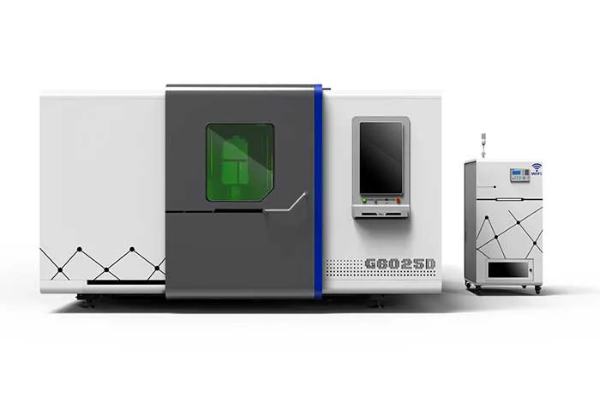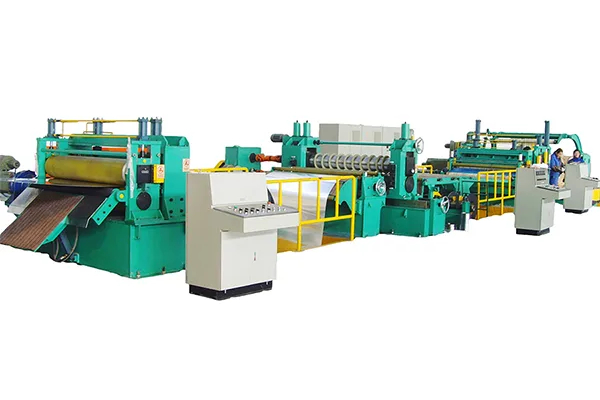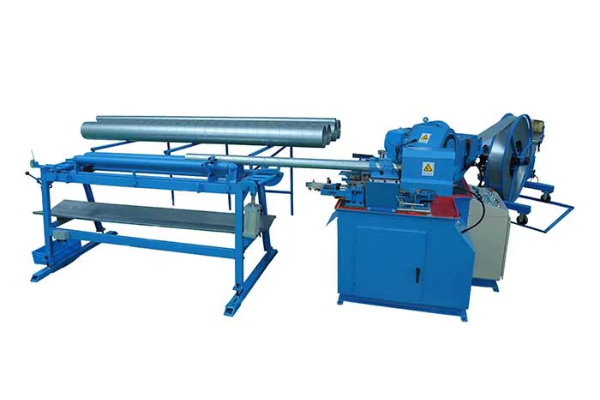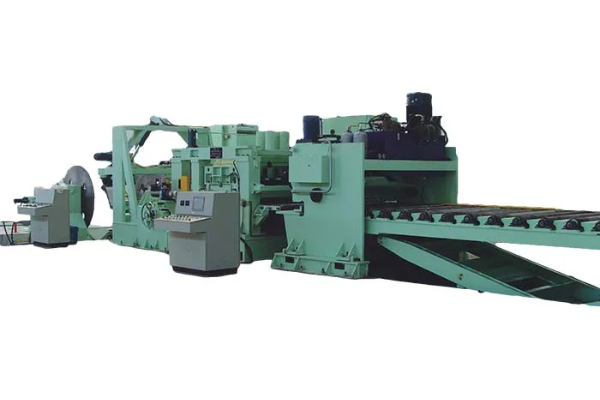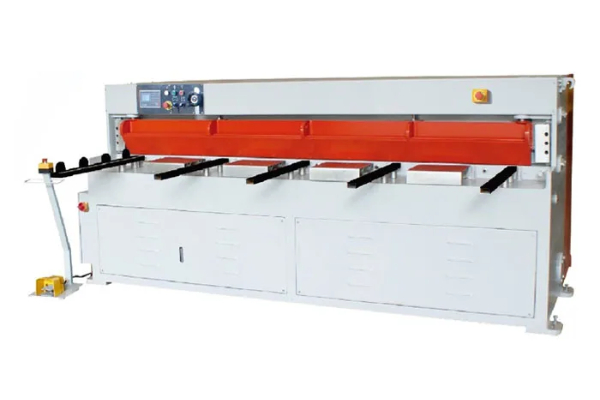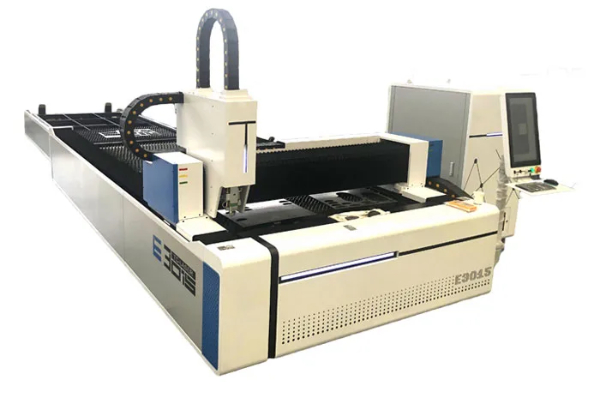
Benefits of Fiber Laser vs. CO2 Laser for Iron Cutting
- By:Metmac
- 2024-08-07
- 122
Introduction
Fiber lasers and CO2 lasers are two common types of lasers used in iron cutting. Each type of laser has its own advantages and disadvantages, which makes it important to understand the differences between them in order to make the best choice for a specific application.
Cutting Speed
Fiber lasers generally have a higher cutting speed than CO2 lasers, especially when cutting thin iron. This is because fiber lasers have a smaller beam diameter and a higher power density, which allows them to cut through metal more quickly. In addition, fiber lasers are often equipped with faster cutting heads, which can further increase the cutting speed.
Cut Quality
Fiber lasers also produce a higher quality cut than CO2 lasers. This is because the beam from a fiber laser is more focused, which results in a narrower kerf width and a smoother cut surface. Fiber lasers are also less likely to cause dross, which is a buildup of molten metal on the cut edge.
Energy Efficiency
Fiber lasers are more energy efficient than CO2 lasers, which means they use less electricity to operate. This can result in significant cost savings over time, especially for businesses that use lasers for high-volume production.
Maintenance
Fiber lasers require less maintenance than CO2 lasers. This is because fiber lasers are solid-state devices, which means they do not have any moving parts that can wear out or break. CO2 lasers, on the other hand, have a number of moving parts, including mirrors and lenses, which can require regular maintenance and replacement.
Cost
Fiber lasers are typically more expensive to purchase than CO2 lasers. However, the higher purchase price of a fiber laser can be offset by the lower operating costs and reduced maintenance requirements. In addition, fiber lasers have a longer lifespan than CO2 lasers, which can further reduce the total cost of ownership.
Conclusion
Fiber lasers offer a number of advantages over CO2 lasers for iron cutting, including higher cutting speed, better cut quality, energy efficiency, reduced maintenance, and a lower total cost of ownership. As a result, fiber lasers are becoming increasingly popular for a wide range of iron cutting applications,
Applications
Fiber lasers are used in a variety of applications, including:
Automotive industry
Aerospace industry
Medical industry
Electronics industry
Construction industry
Shipbuilding industry
Fiber lasers are particularly well-suited for cutting thin iron, such as sheet metal and tubing. However, they can also be used to cut thicker iron, such as plate and structural steel.
Factors to Consider
When choosing between a fiber laser and a CO2 laser for iron cutting, the following factors should be considered:
The thickness of the iron being cut
The desired cut quality
The production volume
The budget
The available maintenance resources
By taking these factors into account, it is possible to choose the best laser for a specific iron cutting application.
-
High-Precision Solutions from Leading Sheet Metal Cutting Machine Manufacturers
2025/09/11 -
Reliable Sheet Metal Equipment for Sale to Support Precision Fabrication
2025/07/17 -
Advanced Duct Machine AC and Fabrication Solutions from Metmac
2025/07/12 -
The Advantages of Using a Sheet Roll Forming Machine in Manufacturing
2024/09/14
-
Precision Sheet Metal Cutting and Processing Machines for Modern Manufacturing
2025/09/25 -
Advanced Sheet Metal Processing Machines for Industrial Applications
2025/09/25 -
High-Precision Sheet Metal Cutting Machines for Modern Manufacturing
2025/09/25 -
Efficient Sheet Metal Working Machines for Modern Manufacturing
2025/09/17
-
Integrating Automation with Rectangular Duct Machines for Enhanced Productivity
2024/05/11 -
Metal Shear Machines- Essential Tools for Precision Metal Cutting
2024/05/11 -
Understanding the Role and Function of Steel Strip Slitting Machines
2024/05/11 -
Maintenance Tips for Longevity of HVAC Duct Machines
2024/05/11
-
A Guide to the Latest Innovations in Sheet Metal Folding Machines
2024/11/29 -
Key Features to Consider When Investing in a Sheet Metal Folding Machine
2024/11/28 -
Enhancing Precision with Advanced Sheet Metal Folding Machines
2024/11/27 -
How to Choose the Right Sheet Metal Folding Machine for Your Workshop
2024/11/26
